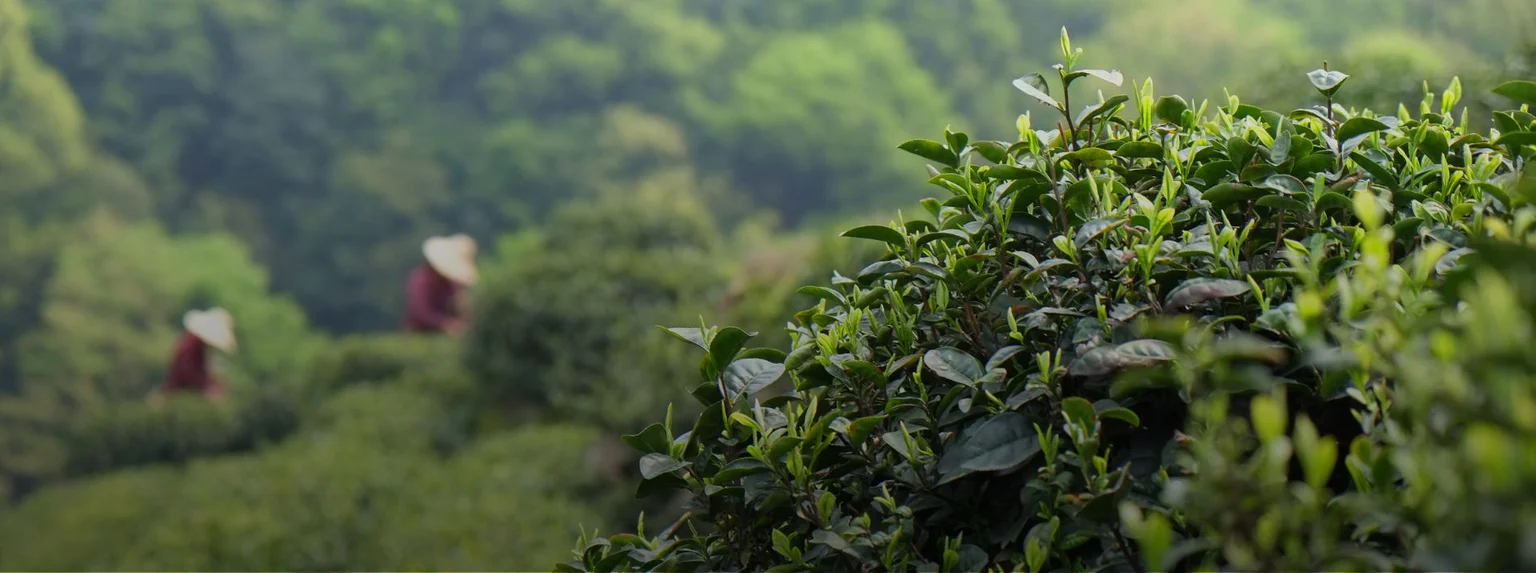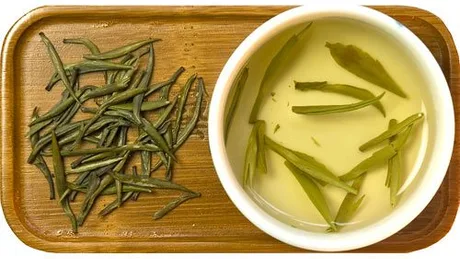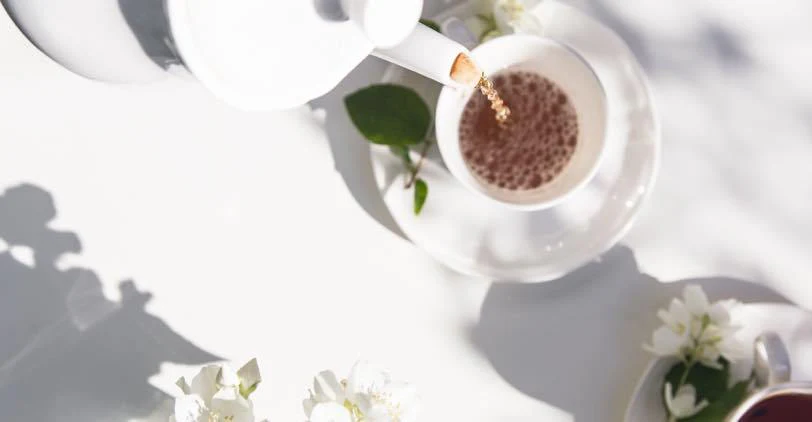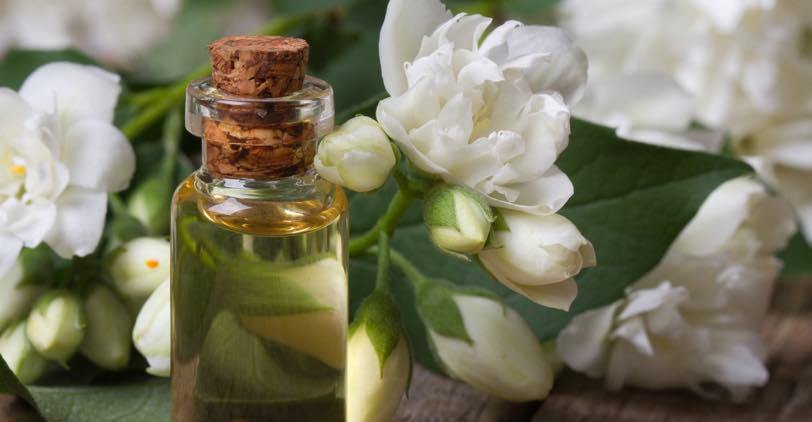
Blog
Jasmine Tea Guide

Jasmine tea, due to its unique tea and flower aroma is loved by countless tea enthusiasts. Although many people drink jasmine tea on a regular basis, it is very important to really understand the types of jasmine tea, brewing methods, and the health benefits of jasmine tea. In this article, we will introduce the points of jasmine tea, types of jasmine tea, and health benefits in detail, to help you more comprehensive understanding of jasmine tea.
What is Jasmine Tea?
Jasmine tea is a type of reprocessed tea and one of China’s traditional floral teas. By mixing dry tea leaves with jasmine flowers, the dry tea absorbs the fragrance of the jasmine flowers, which are then sifted out. In high-quality jasmine tea, jasmine flowers are generally not visible, unlike teas that add artificial flavorings. The aroma of premium jasmine tea is entirely derived from the natural fusion of fresh flowers and tea leaves.
Most jasmine tea is made by blending green tea with jasmine flowers. White tea, oolong tea, and flower tea can also be used to create different types of jasmine tea.
There are many types of jasmine tea, which can be broadly categorized into: jasmine green tea, jasmine white tea, and jasmine black tea. Among the various types, jasmine green tea is the most popular, as it combines the aromas of herbs and flowers. When brewed, it has a sweet and refreshing taste with a lingering aftertaste.

Types of jasmine tea
The Origin and History of Jasmine Tea
Jasmine tea originated in China during the Song Dynasty over 1,000 years ago. At that time, tea farmers in Fuzhou accidentally placed blooming jasmine flowers and green tea leaves together in bamboo baskets, causing the tea leaves to absorb the delicate floral fragrance, resulting in a tea with a sweeter and more refreshing taste.
By the late 18th century, Fuzhou jasmine tea had reached Europe via the Maritime Silk Road, becoming a symbol of “Eastern fragrant tea” in British afternoon tea culture. Port records indicate that over 2,000 tons of jasmine tea were exported through the Guangzhou port in China alone in 1820.
Main types of jasmine tea
- Jasmine Green Tea
Jasmine Green Tea is the most popular type of jasmine tea, featuring a fresh herbal and floral aroma. Common tea bases include Longjing, Biluochun, and Mao Feng.
- Jasmine Black Tea
Jasmine black tea has a rich, smooth, and mellow taste with floral notes, making it easy to drink even for those who usually avoid bitter teas. Common base teas include Keemun black tea and Zhengshan Xiaozhong.
- Jasmine White Tea
Jasmine tea made with white tea bases such as Bai Hao Yin Zhen and Bai Mu Dan has quietly gained popularity in recent years as a “niche option.” When brewed, the first taste is the smoothness of white tea, followed by a hint of natural sweetness on the tip of the tongue, and then the delicate jasmine fragrance slowly unfolds.

Main types of jasmine tea
Brewing Jasmine Tea
- Brewing Utensils
Jasmine tea can be brewed using a standard teapot, a covered bowl, or a mug. The brewing utensils can be chosen according to personal preference, but a teapot is recommended.
- Prepare the water
Mineral water or filtered water is the best choice for brewing jasmine tea, as it significantly affects the aroma and taste. Mineral water and filtered water contain fewer impurities, allowing the floral and tea aromas of jasmine tea to be preserved to the greatest extent. Good water is the foundation of brewing tea.
- Heat the water
Different types of jasmine tea require different water temperatures. Jasmine green tea is sensitive to high temperatures, so 80-85°C/175-185°F is ideal (let the water cool for 1-2 minutes after boiling). Higher temperatures can damage the freshness and brightness of the tea; Jasmine black tea or jasmine oolong tea can tolerate slightly higher temperatures, around 85-90°C/185-194°F, which helps bring out the richness of the tea base.
- Steeping and pouring
There is no fixed standard for the steeping time of jasmine tea; it mainly depends on personal preference for strength, typically between 2 and 4 minutes. If the tea has a noticeable bitterness, it is likely due to oversteeping or using too much tea. In this case, reduce the tea ratio or pour the tea 10-20 seconds earlier.
Additionally, different tea bases have varying levels of durability: jasmine tea made with green tea base tends to develop a bitter taste when steeped for too long, so it is recommended to keep it under 3 minutes; jasmine tea made with black tea or oolong tea base is more durable, and steeping it for an additional 30 seconds to 1 minute can actually allow the floral aroma and tea flavor to blend more thoroughly.

Brewing Jasmine Tea
Health Benefits of Jasmine Tea
- Mildly Energizing
Compared to coffee, jasmine tea provides a gentle boost. The caffeine in the tea leaves stimulates the nervous system, while the fragrant floral tea helps relieve fatigue.
- Jasmine green tea may aid in weight management
A 2012 Japanese study indicated that drinking several cups of green tea daily may aid in weight management. Jasmine green tea, made by blending jasmine flowers with green tea, may have weight management benefits with regular consumption.
- Oral Health
Jasmine tea promotes oral health. The tea contains antibacterial components that reduce oral bacteria, and the natural fragrance of jasmine can mask unpleasant odors, making it a healthier and longer-lasting alternative to chewing gum.
- Regulating the Digestive System
A study found that the polyphenols in tea leaves can inhibit the production of beneficial gut bacteria, while the terpenes in jasmine can suppress the proliferation of harmful bacteria, making it highly effective for digestive health.
- Cancer Prevention
Jasmine tea is rich in antioxidants, which can effectively reduce the risk of cancer. The antioxidant components in jasmine tea actively seek out free radicals associated with cancer in the body, bind to them, and neutralize their destructive capabilities.
Frequently Asked Questions (FAQs)
Q: What are the disadvantages of jasmine tea?
A: Jasmine tea is most commonly made by blending cool-natured green tea with jasmine flowers. People with a cold stomach may feel bloated after drinking too much. Additionally, jasmine tea contains a small amount of caffeine, and drinking strong tea before bed may worsen insomnia in those who already suffer from it.
Q: Is jasmine tea cooling or warming?
A: The nature of jasmine tea depends on the combination of the “tea base” and “flowers.” The tea base for jasmine tea is typically green tea, which is cooling in nature and not suitable for those with weak digestive systems.
Q: When is the best time to drink jasmine tea?
A: The best time to drink jasmine tea is between 9 and 10 a.m., as it can help awaken the body’s vitality and make the mind clearer.
Q: Does jasmine tea have a high caffeine content?
A: Compared to coffee and black tea, jasmine tea has a relatively low caffeine content. Generally, a cup of jasmine tea (approximately 200ml) contains 20-30mg of caffeine, while a cup of coffee contains 80-100mg.
Q: Why do Chinese people drink jasmine tea?
A: Jasmine tea has a history of thousands of years in China. Chinese people prefer jasmine tea because the fragrance of jasmine flowers blends with the aroma of tea leaves, creating a unique taste.
